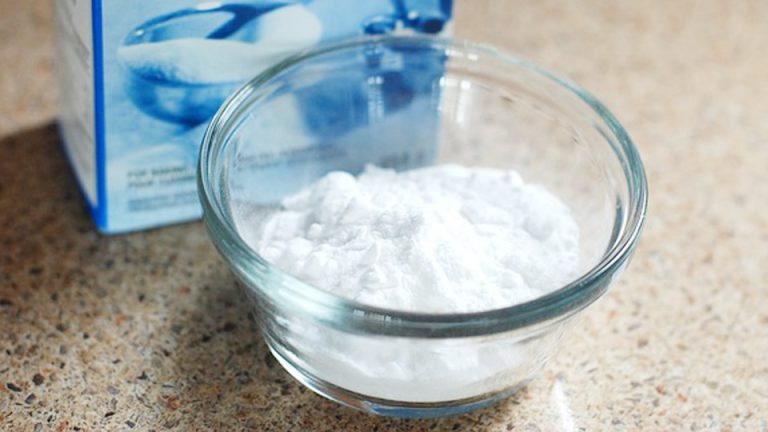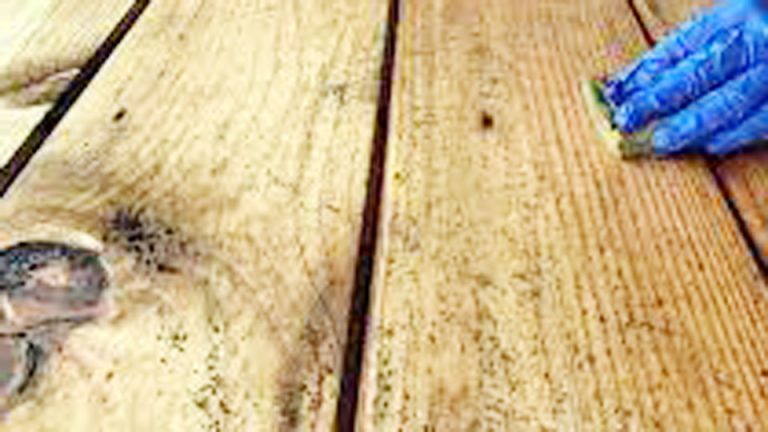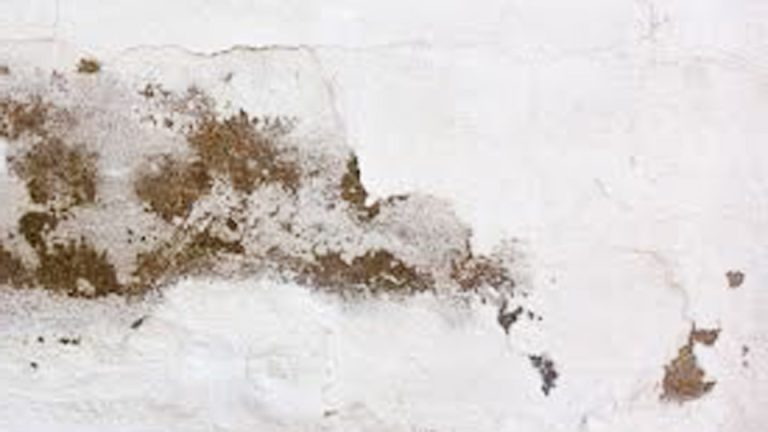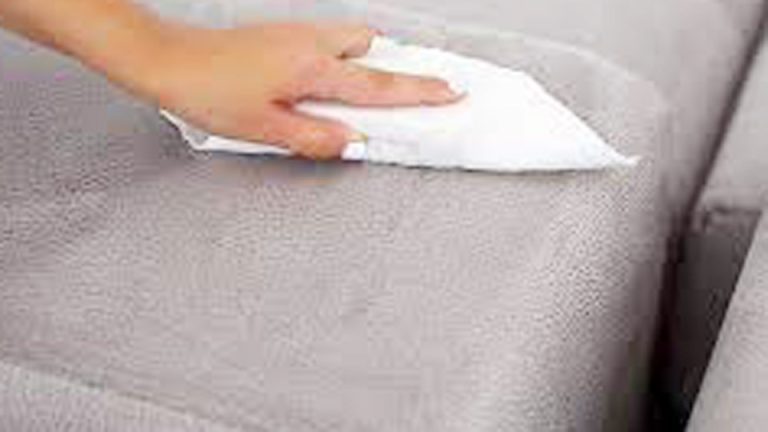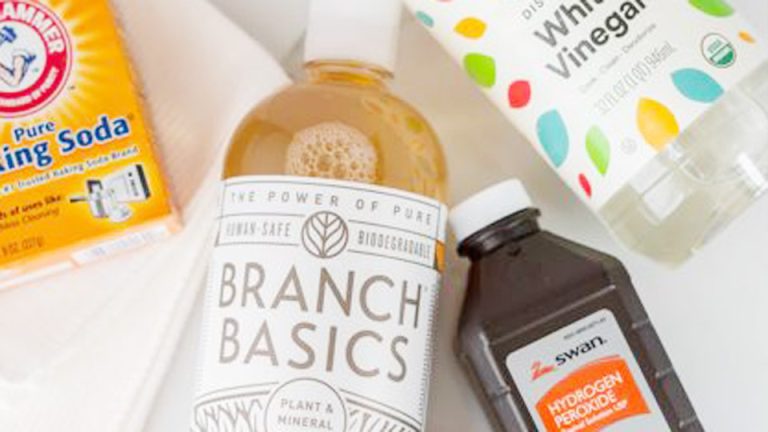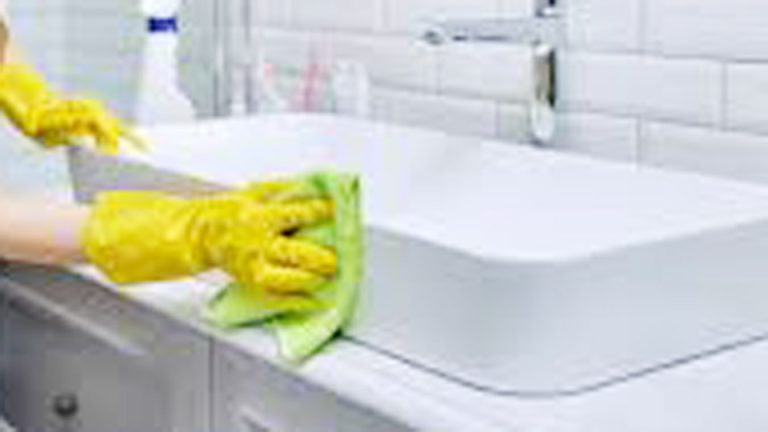I’ve tackled every kind of mess, from kitchen grease to kids’ crayon marks. One question I often get asked is, can you leave vinegar on walls? It’s a topic close to my heart because vinegar is my go-to cleaner for so many surfaces, and I’ve used it to revive my walls countless times.
I first wondered about this when I noticed smudges on my living room walls after a family gathering, and vinegar saved the day without damaging the paint.
I’ll share my personal experiences, step-by-step methods, and practical tips to help you clean your walls safely with vinegar, whether you’re a busy mom or a working professional. Let’s dive in and make your walls look fresh and vibrant!
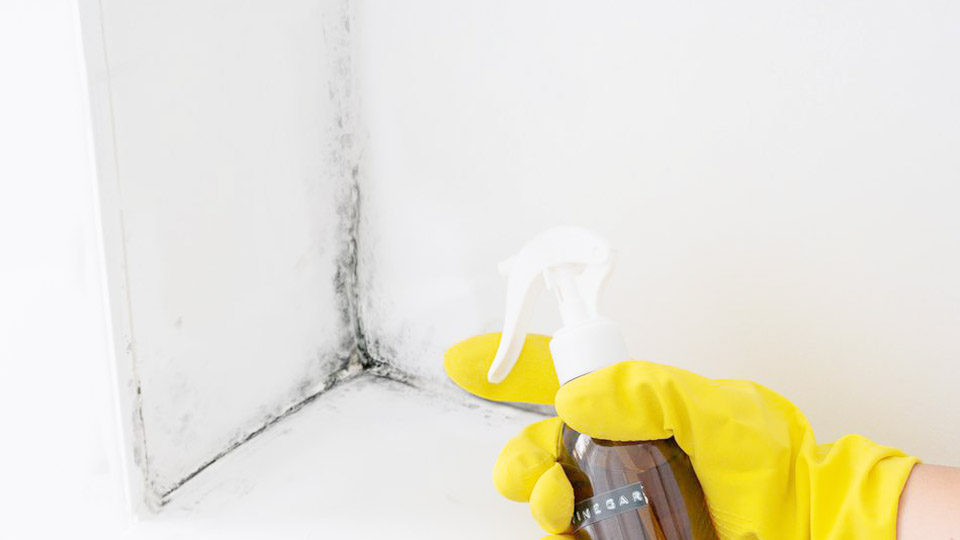
Image by thespruce
Why Vinegar Is My Wall-Cleaning Hero
I’ve always loved white vinegar for cleaning because it’s affordable, eco-friendly, and cuts through dirt like nobody’s business. Its acetic acid—about 5% in household vinegar—makes it great for tackling grease, grime, and even some stains on walls.
I discovered its power when I used it to remove sticky fingerprints from my kitchen walls after my kids’ baking project went wild.
Vinegar is safe for most painted walls when used correctly, but leaving it on for too long can be risky. I’ll explain how to use it safely, whether you can leave it on walls, and how to avoid common pitfalls based on my own successes and mistakes.
Understanding Your Walls’ Needs
Before we start cleaning, let’s talk about walls. I’ve cleaned everything from matte-painted bedroom walls to glossy kitchen surfaces in my home, and each type needs a different approach. Most modern walls have latex or acrylic paint, which is durable and handles moisture well. Oil-based paints or delicate finishes, like flat or eggshell, are more sensitive and can be damaged by excessive moisture or acidity.
I learned this when I overused vinegar on a matte wall and noticed a slight dulling of the finish. Always check your paint type (look at the can or test a small area) and test cleaners in a hidden spot, like behind a couch, to avoid damage. Knowing your walls’ finish is key to keeping them looking great.
Can You Leave Vinegar on Walls?
When I first tackled smudges on my dining room walls, I wondered if leaving vinegar on for a while would boost its cleaning power. Here’s what I learned: vinegar is effective for cleaning walls, but leaving it on for extended periods, like overnight, isn’t recommended. Vinegar’s acidity can potentially dull or damage certain paint finishes, especially flat or matte paints, and prolonged moisture can cause streaks or watermarks.
I once left vinegar on a wall too long, and it left a faint sticky residue that attracted dust. I’ve found that short applications—5-10 minutes max—work best, followed by thorough rinsing and drying. Let’s explore my safe and effective methods for using vinegar to clean walls.
Gathering Your Wall-Cleaning Supplies
To clean walls with vinegar, you’ll need a few simple tools. I keep these in my cleaning caddy for quick access when I spot smudges or grime. Here’s what I use:
- White vinegar: Cuts through grease and removes stains.
- Warm water: Dilutes vinegar to protect paint.
- Liquid dish soap (optional): Boosts cleaning for greasy spots.
- Spray bottle: For even application of vinegar solution.
- Soft sponge or microfiber cloth: For gentle wiping.
- Soft-bristle brush: For textured walls or stubborn stains.
- Clean towels: To dry walls and prevent streaks.
- Bucket: For mixing larger batches.
- Ladder or step stool: To reach high spots safely.
- Fan (optional): To speed up drying.
These items are budget-friendly and likely already in your home, making wall cleaning easy and affordable.
Step-by-Step Guide to Cleaning Walls with Vinegar
This method works for most painted walls and tackles smudges, grease, and light stains. I used it to clean my kitchen walls after a cooking marathon left them splattered. Here’s how I do it:
Dust the Walls
I start by dusting the walls with a dry microfiber cloth or a vacuum with a brush attachment to remove loose dirt, cobwebs, or dust. I focus on corners and baseboards where grime collects. I once skipped this step and ended up smearing dust around, making the walls look streaky—lesson learned!
Mix a Vinegar Solution
In a spray bottle, I mix 1 cup white vinegar with 1 cup warm water to dilute the acidity and protect the paint. For greasy kitchen walls, I add a drop of liquid dish soap. I shake gently to combine. For larger areas, I double the recipe in a bucket. I avoid undiluted vinegar, as it can be too harsh for some paints, like when I dulled a matte wall by mistake.
Test a Small Area
I always test the vinegar solution on a hidden spot, like behind a picture frame, to ensure it won’t damage the paint. I spritz a small amount, wipe with a cloth, and check for discoloration. This saved my bedroom wall when I realized the flat paint couldn’t handle undiluted vinegar.
Apply the Solution
I spritz the vinegar solution lightly onto a small section of the wall, about 2×2 feet, to control moisture. For delicate paints, I dip a microfiber cloth in the solution and dab gently instead of spraying. I work from the bottom up to avoid streaks, a trick I picked up after noticing drips on my living room walls.
Let It Sit Briefly
I let the vinegar sit for 5-10 minutes to loosen dirt or stains. I avoid leaving it longer, as extended exposure can dull paint or leave a residue. This short soak was enough to remove crayon marks from my kids’ bedroom walls.
Wipe Gently
Using a soft sponge or microfiber cloth, I wipe the treated area in circular motions to lift dirt. For textured walls, I use a soft-bristle brush to get into crevices. I rinse the cloth or sponge often to avoid spreading grime. This method removed greasy smudges from my kitchen walls without a trace.
Rinse and Dry
I wipe the area with a clean, damp cloth to remove vinegar residue, then dry immediately with a clean towel to prevent streaks or watermarks. For large areas, I use a fan to speed drying. This step is crucial, as I once left a wall damp and noticed faint watermarks afterward.
Spot-Cleaning Stubborn Wall Stains
For tough stains like crayon, ink, or grease, I use a targeted approach. Here’s how I handled a marker stain on my hallway wall:
Make a Baking Soda Paste
In a small bowl, I mix 2 tablespoons baking soda with a splash of water to form a thick paste. I apply the paste to the stain with a microfiber cloth and let it sit for 5 minutes. I avoid mixing vinegar directly with baking soda here, as the fizzing can reduce cleaning power.
Apply Vinegar Solution
After wiping off the paste with a damp cloth, I spritz a diluted vinegar solution (1:1 with water) on the stain and let it sit for 2-3 minutes. I wipe with a clean cloth, then dry thoroughly. This method removed a stubborn marker stain from my wall, leaving it spotless.
Tips for Success
I use the paste sparingly, as baking soda can be abrasive on delicate paints. I always rinse thoroughly and test a small area first to avoid damage.
Deep Cleaning Heavily Soiled Walls
For heavily soiled walls, like my kitchen walls after months of cooking, I do a deeper clean. Here’s my process:
Dust Thoroughly
I dust the entire wall with a microfiber cloth or vacuum to remove loose dirt and cobwebs. I focus on high-traffic areas and corners where grime hides.
Apply Vinegar Solution
I spritz the diluted vinegar solution (1 cup vinegar, 1 cup water, 1 drop dish soap) over a small section, letting it sit for 5-10 minutes to loosen grease or dirt.
Wipe and Scrub
I wipe with a damp microfiber cloth, using a soft-bristle brush for textured areas or stubborn spots. I rinse the cloth often to avoid spreading grime.
Rinse and Dry
I wipe with a clean, damp cloth to remove vinegar residue, then dry with a towel and fan to prevent streaks. This method restored my kitchen walls to their original shine.
Inspect and Repeat
I check for remaining dirt. If needed, I repeat the process for stubborn areas, ensuring the wall is dry between treatments.
Comparing Wall-Cleaning Methods
I’ve tried various methods to clean walls, and vinegar is my favorite for most messes. Here’s a table comparing my top approaches:
| Method | Ingredients/Tools | Pros | Cons | Best For |
|---|---|---|---|---|
| Vinegar Solution | Vinegar, water, dish soap, spray bottle | Cuts grease, removes stains, budget-friendly | Needs rinsing, may dull flat paints if overused | General dirt, grease, smudges |
| Baking Soda Paste | Baking soda, water, cloth | Lifts tough stains, gentle abrasive | Abrasive, needs rinsing, not for frequent use | Stubborn stains (crayon, ink) |
| Dish Soap & Water | Dish soap, water, microfiber cloth | Gentle, safe for delicate paints | Less effective on tough stains or grease | Light dirt, delicate paints |
| Dry Microfiber Wipe | Microfiber cloth | No moisture, safe for all paints | Doesn’t tackle stains or grease | Light dust, maintenance |
The vinegar solution is my go-to for most walls, while the baking soda paste is perfect for tough stains.
Wall-Specific Cleaning Tips
Different wall finishes need tailored care. Here’s how I adjust my approach:
Matte or Flat Paint
My bedroom walls have matte paint, so I use a very dilute vinegar solution (1:4 with water) and dab with a cloth to avoid dulling. I dry immediately.
Glossy or Semi-Glossy Paint
Kitchen and bathroom walls have glossy paint, so I use the full vinegar solution and let it sit for 10 minutes. These paints handle moisture well.
Textured Walls
For textured walls, I use a soft-bristle brush with the vinegar solution to get into crevices, then rinse and dry thoroughly to avoid residue.
Wallpapered Walls
For washable wallpaper, I use a damp cloth with a drop of dish soap instead of vinegar, as acidity can damage some wallpapers. I test a hidden spot first.
Preventing Wall Dirt and Stains
Keeping walls clean is easier with preventative habits. Here’s what I do:
Dust Regularly
I dust walls monthly with a microfiber cloth to prevent dirt buildup, like vacuuming my carpets weekly to keep them fresh.
Clean Spills Immediately
I wipe spills or smudges right away with a damp cloth to prevent stains. This saved my dining room wall from a juice splash.
Use Washable Paint
I chose washable semi-glossy paint for high-traffic areas like my kitchen, making cleaning easier, like choosing durable flooring for heavy use.
Protect High-Traffic Areas
I place furniture or runners in busy areas to reduce wall smudges, like using doormats to catch dirt at entryways.
Extra Wall-Cleaning Hacks I Love
Here are some tricks I’ve picked up to make wall cleaning easier:
Vinegar Spray for Quick Fixes: I keep a vinegar-water spray bottle for quick spritzes on smudges, like an emergency kit for messes.
Baking Soda for Crayon: I dab baking soda paste on crayon marks, then wipe with a vinegar-soaked cloth for a spotless finish.
Microfiber Mitts: I use microfiber cleaning mitts for dusting high walls, making it easier to reach without a ladder.
You’re Ready to Make Your Walls Shine!
Figuring out can you leave vinegar on walls? has transformed how I keep my home clean, and I’m thrilled to share this with you. While leaving vinegar on walls for extended periods isn’t ideal, my vinegar-based methods can safely and effectively remove dirt, grease, and stains.
With my step-by-step guide and tips, you can clean your walls with confidence, keeping your home fresh and inviting. Your walls deserve to sparkle, and you’ve got the tools and know-how to make it happen.
Frequently Asked Questions
Can I leave vinegar on walls overnight?
I don’t recommend leaving vinegar on walls overnight, as it can dull paint or leave a residue. I let it sit for 5-10 minutes, then rinse and dry thoroughly.
Is vinegar safe for all wall paints?
Vinegar is safe for most paints when diluted, but I test a hidden area first, especially on flat or matte paints, to avoid dulling or damage.
How often should I clean my walls with vinegar?
I clean high-traffic walls monthly and others every 2-3 months. For maintenance, I dust weekly to prevent dirt buildup.
Will vinegar remove tough stains like crayon?
Yes, I use a vinegar solution with a baking soda paste for crayon or ink stains. It works great after a quick scrub and rinse.
Is this method safe for homes with pets or kids?
Yes, my vinegar method is non-toxic when rinsed properly. I ensure walls are dry to avoid residue that pets or kids might touch.

